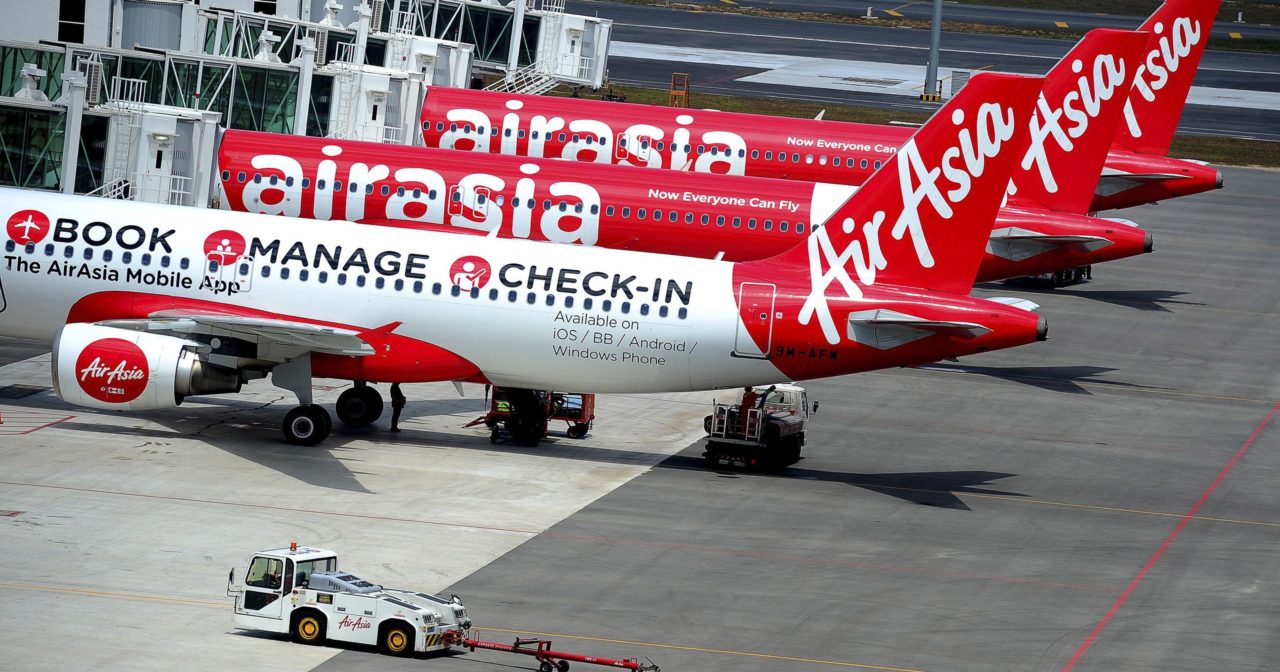
AirAsia is assessing whether to set up its own heavy maintenance operation to accommodate its fleet growth plans, and if so, where it would be located. While the LCC is yet to make a decision, it wants to handle some of its own base maintenance needs in the future, AirAsia head of group aircraft engineering Nantha Kumar said during the Aviation Week MRO Southeast Asia conference Mar. 6.
AirAsia currently outsources all of its heavy maintenance to a range of providers such as Sepang Aircraft Engineering (SAE). Kumar stressed that AirAsia will continue to work with these providers, as the carrier will have an increasing MRO requirement that can be addressed with both insourced and outsourced work. It is still too early to say how the additional work would be divided between existing suppliers and AirAsia, Kumar said.
There is no specific timeline for deciding about the heavy maintenance facility, although the group’s senior leadership envisages beginning operations within two years of making a decision, Kumar said. AirAsia will review whether “it makes business sense for us to invest” in an MRO facility.
Any such operation would handle work for AirAsia and its various overseas affiliates, as well as widebody operator AirAsia X. The scope would potentially include airframe work up to C-checks, wheels and brakes and composite repair, but not engine work or components. While AirAsia would primarily be focused on its own fleet, there may be opportunities for third-party work in the long term, Kumar said.
The new maintenance facility would likely start with one hangar, and at least 2-3 lines, Kumar said. The carrier would select one location, which could be in Thailand or Malaysia. AirAsia would consider establishing a partnership or joint venture with an existing MRO provider.
AirAsia is interested in becoming one of the MRO providers in a new aerospace development in U-Tapao, Thailand, and group CEO Tony Fernandes in 2018 said AirAsia wanted to open a facility there. However, there is still much uncertainty about how the Thai government selection process will work and what benefits will be offered.
This will be one of the factors in determining the timing of AirAsia’s own decisions about whether to proceed with heavy maintenance and where it will be located, Kumar said. Once more details about U-Tapao are known, AirAsia will be able to conduct a review and determine if the business case makes sense.
If the carrier decides to establish an MRO base in Malaysia instead, it would be located either in Kuala Lumpur or in another part of the country. AirAsia’s main hub is at Kuala Lumpur International Airport, and major MRO provider SAE is also based there. However, various Malaysian state governments have been engaging with AirAsia to try to secure the MRO facility for their airports.